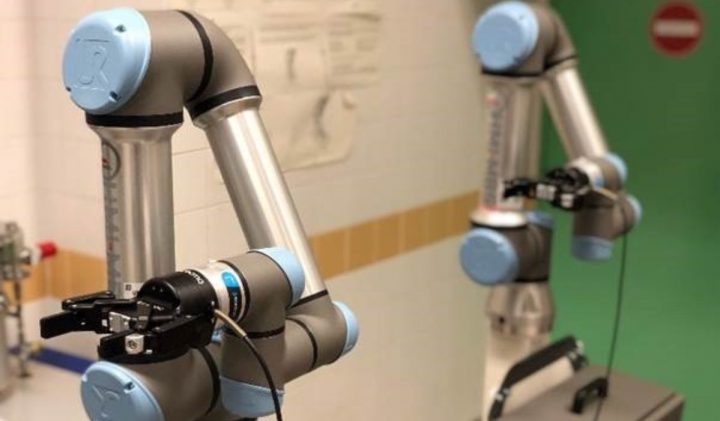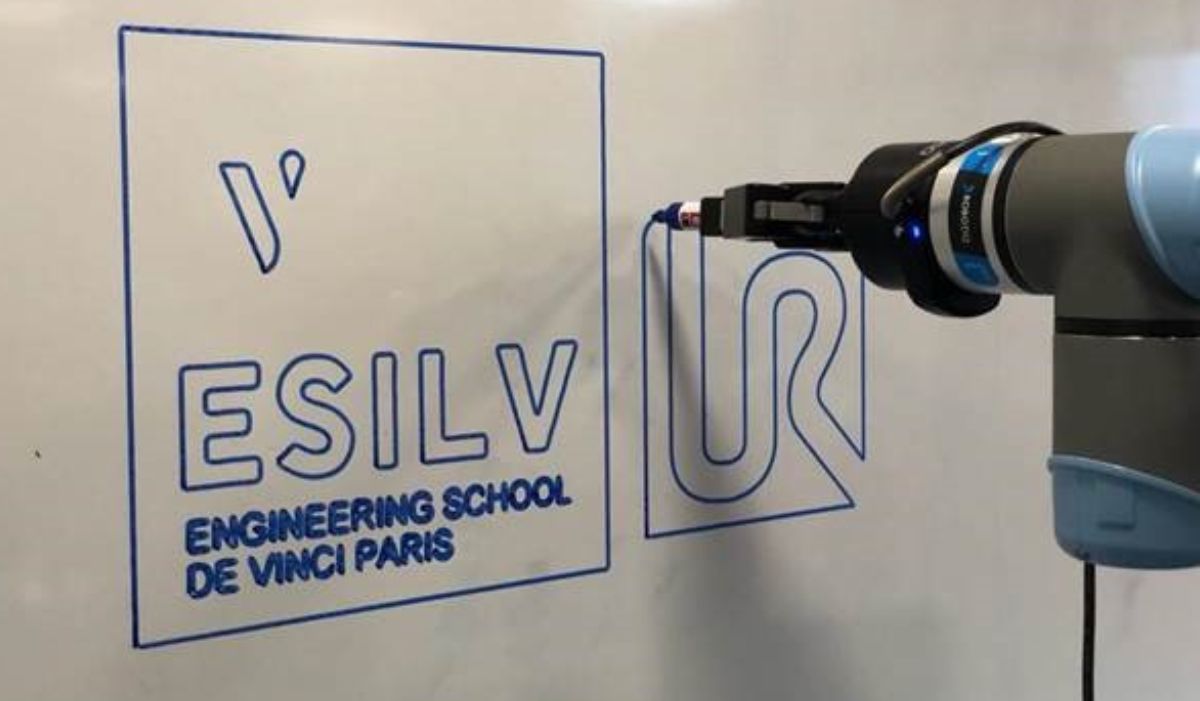The use of traditional robots is already established to improve productivity and production quality. They also reduce costs and tedious tasks. But their programming could be more complex for small and medium-sized enterprises.
Collaborative robots, or “cobots,” make automation more accessible to emerging companies.
What is a cobot?
Cobots are machines powered by artificial intelligence explicitly created to assist humans. A cobot, short for “collaborative robot,” is designed to work safely alongside humans in a shared workspace.
Various industries, including manufacturing, healthcare, and logistics, use cobots.
Cobots, or collaborative robots, work with employees to perform precise and repetitive tasks. Such duties include picking and placing objects, detecting product defects, and transferring heavy loads. They can increase efficiency, quality, and safety in the workplace while freeing employees from tedious tasks, so they can focus on more complex ones.
- Pick & Place – Picking and packing components or goods is prone to human error and sometimes injury. A cobot can perform these tasks without making mistakes, giving companies faster delivery times and fewer customer return requests due to packaging errors.
- Quality control – Cobots are equipped with cameras and specific software to detect and report defects in a product, giving future purchasers greater confidence in the quality level of the product.
- Heavy lifting—Some collaborative robots can independently lift, transfer and organize goods. They minimize the need to purchase and use heavy equipment such as forklifts.


UR5e cobots at ESILV
The use of cobots at ESILV
In 2019, ESILV had already understood the strategic challenge that collaborative robotics represents for the factory of the future. Therefore, the Digital Modelling and Mechanics major aligns with the spirit of Industry 4.0. For example, the InMoov project launched by DaVinciBot, Devinci Higher Education robotics association.
ESILV uses UR5e cobots, one of the five series offered by Universal robots, a well-known supplier of cobots. The cobots are primarily used for teaching activities, particularly for Master students, which ensures that the students exploit the importance of these cobots by testing industrial scenarios. They also work on software such as ROS (Robot Operating System) and RoboDK, where they program the cobot on their PC and then test the programs or sequences they have developed.
Cobots are also used in Research and Development. The main areas of research include the implementation of cobots for the circular economy, particularly for Remanufacturing, and identifying human gestures based on artificial intelligence and vision-based systems.
RoboDK software at ESILV
The use of cobots in education: an asset for the teacher-researcher
At ELSIV, cobots are used to teach students of the bachelor’s in digital engineering (Basics of robotics, the importance of cobots), but also and above all, in the following majors:
- Digital Modeling and Mechanics: develop and design new complex products and systems, particularly in the aeronautical and automotive fields
- Industry 4.0: design and implement modern industrial systems with native integration of digital revolution tools and technologies.
- Health Engineering & Biotechnology: evolve in the multidisciplinary ecosystem of medical technology.
The team of teacher-researchers at ESILV
The goal of the team of teacher-researchers composed of Mr. Swaminath Venkateswaran, Lecturer in Mechatronics, ESILV/DVRC, Ms. Michèle Kanhonou, Head of the Health Biotech major, ESILV/DVRC, Ms. Nga Nguyen, Head of the Industry and Robotics major, ESILV/DVRC, Mr. Samir Yahiaoui, Head of the Modelling and Numerical Mechanics significant, ESILV/DVRC, is to advance the frontiers of knowledge in their field and to contribute to the overall scientific understanding. Samir Yahiaoui, Head of the Modelling and Numerical Mechanics major, ESILV/DVRC, is to advance the frontiers of knowledge in their field and contribute to the overall scientific understanding at ESILV.
Learn more about ESILV’s major Digital Modelling and Mechanics





